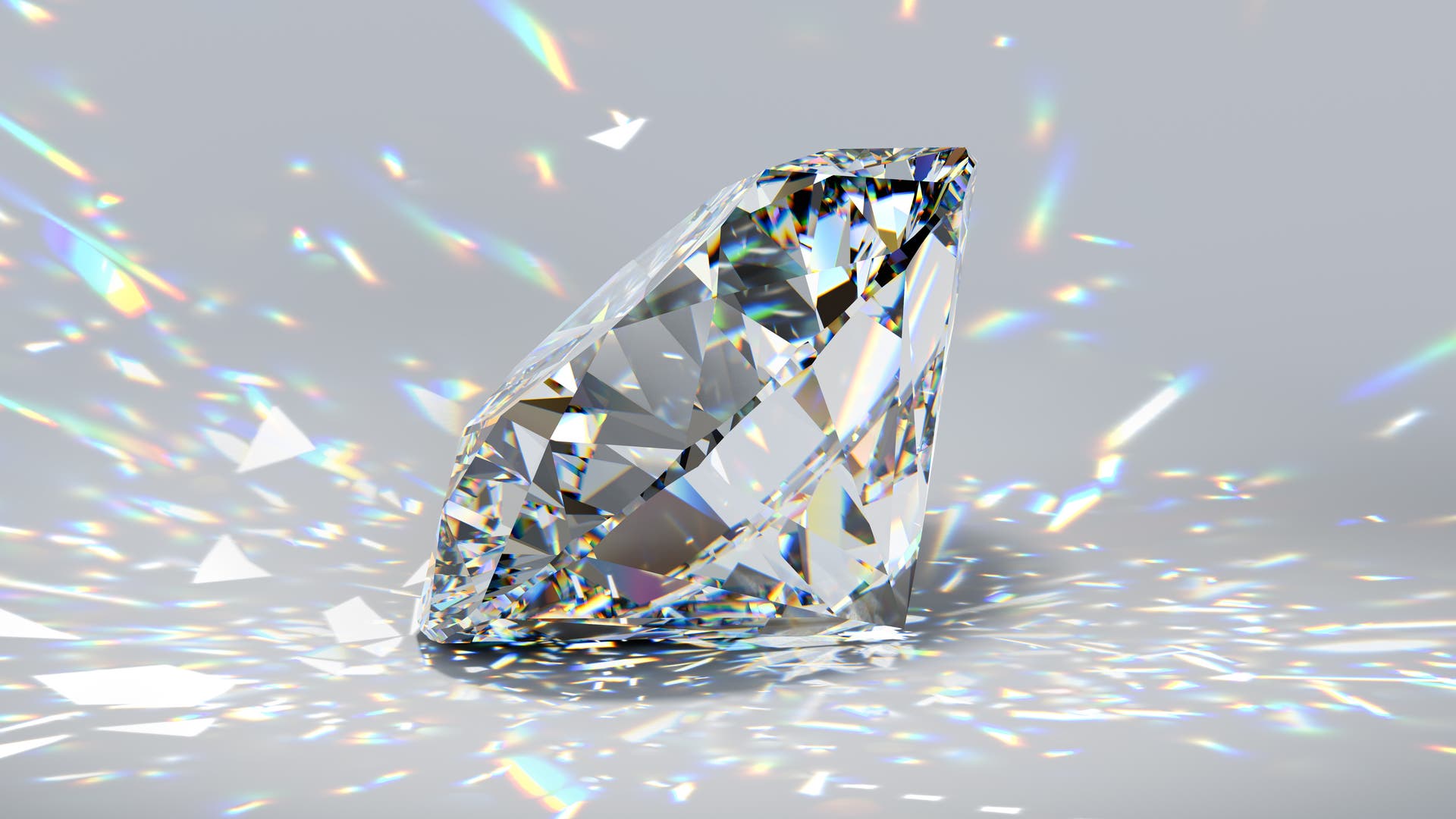Diamonds are considered the most precious of all minerals. It seems appropriate that exceptional circumstances would be needed to produce them. In nature, pure diamonds grow at a depth of more than 150 kilometers in the extreme conditions of the upper layer of the Earth. In the laboratory, diamond production requires equipment that can generate 50,000 times more atmospheric pressure. The reason: diamond is more stable than graphite at such high pressures. For this reason, high pressure was previously considered the basic requirement for separating diamonds from carbon-containing solutions. The discovery made by Rodney S. Roof of the Institute of Basic Sciences in Ulsan, Korea, was even more surprised. As reported by the team in “Nature” magazine.Diamonds grow in a liquid alloy without any excess pressure. This technique does not even require crystal seeds, which are commonly used in previous processes.
The alloy consists of gallium, iron, nickel and silicon, which are heated to 1025 degrees Celsius in a gas mixture of methane and hydrogen. In principle, this technology is now consistent with the classic school experiment used to detect carbon dioxide. In a similar way to how carbon dioxide reacts in limewater to form carbonate and crystallize as lime, methane reacts with the minerals in the melt to form a reactive intermediate product, which then separates as diamond crystals. As Rove's team reports, very large amounts of carbon are dissolved in the alloy: more than 25 percent in the areas where diamonds form. The silicon in the solution plays a crucial role in this process. Without the element, diamonds cannot be formed, and the resulting diamond films contain silicon atoms in some places that replace two adjacent carbon atoms.
Such defects, known as SiV centers, are interesting in themselves for photonic and electronic applications. However, it was a problem with the experiment: after a while, much of the silicon disappeared from the solution and the diamonds stopped growing. In addition, the resulting diamond films are colored, possibly due to these and other defects in the crystals. However, the surprising discovery that diamonds can be easily precipitated from solution even at atmospheric pressure opens entirely new technical possibilities. According to the working group, the process can be improved so that diamonds with very different properties and dimensions can be grown. There is a huge range of other potentially suitable alloys, and it is also possible to use other gases as a carbon source.

“Total coffee aficionado. Travel buff. Music ninja. Bacon nerd. Beeraholic.”







More Stories
Exploding Fireball: Find the meteorite fragments
Neuralink's competitor lets blind people see again with an implant
A huge meteorite has hit Earth – four times the size of Mount Everest